Discover more Featured Stories like this in The Strad Playing Hub
Kronos Quartet violinist Gabriela Díaz speaks with The Strad’s US correspondent Thomas May about Elja, the ensemble’s new Hardanger fiddle collaboration with Benedicte Maurseth and Kristine Tjøgersen, which premieres at Carnegie Hall this week.
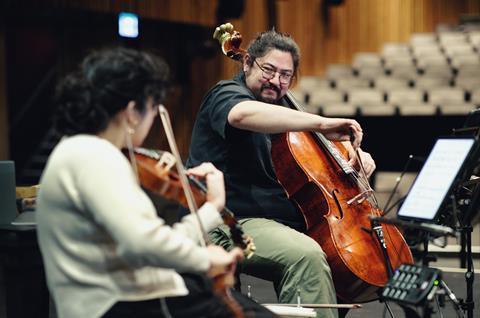
Few ensembles are as voracious for new experiences as the Kronos Quartet. This season has brought dramatic change for the adventure-loving American group, which launched its second half-century with two new members: violinist Gabriela Díaz and violist Ayane Kozasa, who joined founder and violinist David Harrington and cellist Paul Wiancko (a member since 2023).
On Friday 28 March at Carnegie Hall, the musicians will transform themselves into a Hardanger band to present the world premiere of a collaboration with Norwegian Hardanger fiddle superstar Benedicte Maurseth and composer Kristine Tjøgersen. Maurseth and Tjøgersen co-composed Elja, an epic suite inspired by the majestic landscape of the Hardanger Plateau in southern Norway—along with its fauna and deep-rooted folklore.
With Maurseth making a quintet, Kronos will play on special Hardanger instruments custom-built by renowned Norwegian luthier Ottar Kåsa. Violinist Gabriela Díaz spoke with The Strad about the new project and what it means for Kronos to step into a centuries-old tradition with a brand-new work – embracing the resonating strings, alternate tunings, and immersive sound of these remarkable instruments.
How did Kronos become interested in Norwegian folk culture and its instruments?
Gabriela Díaz: A few years ago, David [Harrington] encountered Hardanger fiddle virtuoso Benedicte Maurseth’s book, To Be Nothing. It’s a collection of conversations about music and being a musician that she had with her teacher and mentor, Knut Hamre, a Hardanger fiddle master. The music writer Jeff Kaliss had mentioned this book to David on multiple occasions, and David had already known of Benedicte’s exceptional playing through her recordings. He was so blown away by Benedicte that he knew Kronos had to collaborate with her.
David also had the idea to turn Kronos into a Hardanger quartet by having all the players in Kronos play on Hardanger fiddles. The Hardanger fiddle is a violin-like instrument from Norway, but viola and cello Hardangers are exceptionally rare. I believe there are only about four Hardanger cellos in existence! David knew the sound of a quartet of these instruments would be otherworldly, so he and Benedicte got to work on creating the full project.
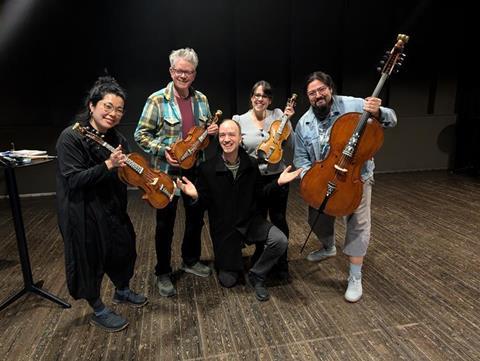
How did you get to know Ottar Kåsa, the luthier who was commissioned to create a Hardanger viola and cello for you?
Gabriela Díaz: Ottar is a fantastic Hardanger fiddle player and an exceptional instrument maker. The two fiddles that David and I are playing were made by him a few years ago, and the viola and cello are brand new, made in 2024. We first met Ottar and the instruments in person in the fall of 2024, while we were on tour in Oslo.
We were immediately blown away by his craftsmanship and the beauty of the instruments. There are intricate hand-drawn decorations all over the bodies of the instruments. They are inlaid with bone and mother-of-pearl shapes and ornaments, and each instrument has a beautifully carved scroll in the shape of a lion’s head. The lion is the symbol of Norway, coming from its depiction on the Norwegian coat of arms. Each lion on each instrument has his own unique personality! Ottar also had to construct a cello case, as the extra strings make the scroll longer than a normal cello, so the cello case is also handmade and unique.
We are so grateful to Ottar for making these special instruments for us, and we have so enjoyed learning about the Hardanger tradition and way of playing them from Benedicte.
They are inlaid with bone and mother-of-pearl shapes and ornaments, and each instrument has a beautifully carved scroll in the shape of a lion’s head
What are the roles of Benedicte Maurseth and Kristine Tjøgersen as co-creators of Elja, the new work for Kronos?
Gabriela Díaz: Benedicte is an incredible musician, and works mostly in the aural tradition. Because she does not need to write music down, but Kronos performs from written scores, the idea to have another composer enter the project was discussed. Benedicte knew Kristine Tjøgersen from projects in Norway, and she suggested Kristine for the project. Kristine is a fabulous composer who recently won the prestigious Siemens Prize for composition. Her sonic world is vibrant and colourful, and she often takes inspiration from the natural world in her compositions.
I’ve completely fallen in love with her music since getting to know her through this project. She is curious and inventive in rehearsal. We’ve had such fun working with her on this piece. It is very unusual to have multiple composers working together to create one piece, which makes the symbiosis between Kristine and Benedicte even more extraordinary. Even though their backgrounds are very different, they have created a magical piece together. The piece is a beautiful melding of tradition and the sounds of today.
Could you give a brief description of Elja?
Gabriela Díaz: Elja is a Hardanger quintet for Kronos and Benedicte, co-written by Benedicte and Kristine. Over the course of this piece, we get to embody many different creatures from the Norwegian landscape, like Arctic foxes, frogs, and many different species of birds. Each time we take on the role of one of these animals, there is a beautiful drawing of the creature in our music! Kristine sent us sound files of the various animals so we could learn how to imitate them on our fiddles.
Some sounds require alternative playing techniques or for different implements to be placed on the strings. For example, at one point we thread thin knitting needles through the strings, and when you tap on the end of the needle it creates a sound that perfectly mimics frogs. There’s also a beautiful backing track that runs through the piece that Kristine recorded herself which contains many of the various calls of these animals – so we can make chamber music with our creature counterparts.
Weaving in and out of the natural world soundscape is music inspired by Benedicte’s Hardanger fiddle improvisations, all rooted in the Norwegian folk music tradition. Benedicte will also be improvising in the moment. It is wildly inspiring to hear Benedicte’s voice through her Hardanger playing. She is such a deep and powerful musician. We’ve all learned so much from her about the beautiful traditions of Norwegian folk music – and we still have so much more to learn!
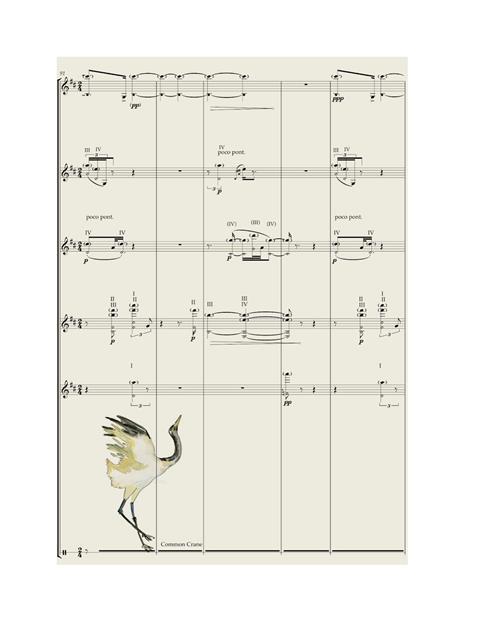
The Carnegie Hall concert offers a remarkable variety of other pieces on the first half, including a 90th-birthday tribute to Terry Riley via his reimagining of music by Sun Ra, plus new pieces by Aleksandra Vrebalov and Viet Cuong and some arrangements of songs by J. Fred Coots and Neil Young. What does Kronos hope the audience experiences with this incredibly varied programme?
Gabriela Díaz: We want the audience to have two equally beautiful but very different sonic experiences with these two halves. We hope to transport the audience to another time and world through the use of these ancient instruments and the musical tradition born from them – to fill the hall with the mystical reverberance of these instruments and create a brand-new sound for Kronos and the audience.
Kronos Quartet performs at Zankel Hall, Carnegie Hall, on Friday 28 March 2025, 7:30pm.
Read: Sounds of change: Ayane Kozasa and Paul Wiancko on the new Kronos Quartet formation
Read: Owls takes flight with debut album ‘Rare Birds’
Listen: The Strad Podcast Episode #39: Kronos Quartet’s David Harrington on musical activism
Discover more Featured Stories like this in The Strad Playing Hub
The number one source for playing and teaching books, guides, CDs, calendars and back issues of the magazine.
In The Best of Technique you’ll discover the top playing tips of the world’s leading string players and teachers. It’s packed full of exercises for students, plus examples from the standard repertoire to show you how to integrate the technique into your playing.
The Strad’s Masterclass series brings together the finest string players with some of the greatest string works ever written. Always one of our most popular sections, Masterclass has been an invaluable aid to aspiring soloists, chamber musicians and string teachers since the 1990s.
The Canada Council of the Arts’ Musical Instrument Bank is 40 years old in 2025. This year’s calendar celebrates some its treasures, including four instruments by Antonio Stradivari and priceless works by Montagnana, Gagliano, Pressenda and David Tecchler.

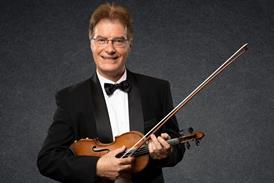
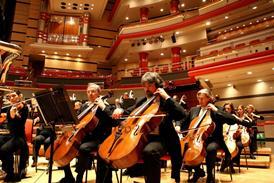
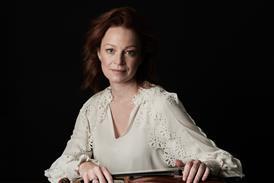
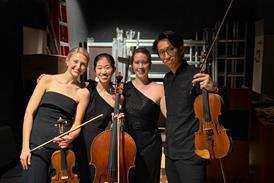
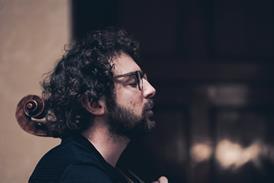
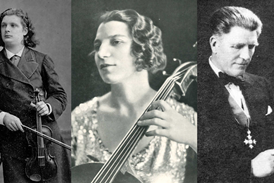
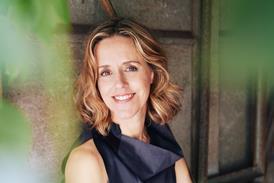

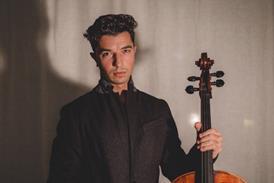
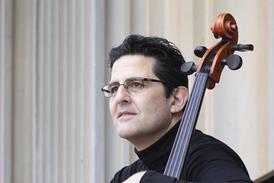
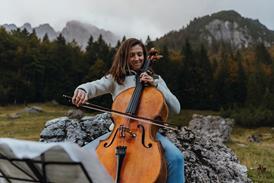
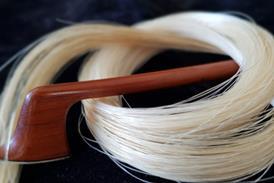
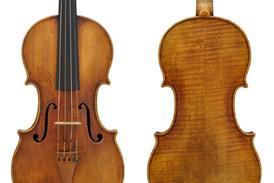
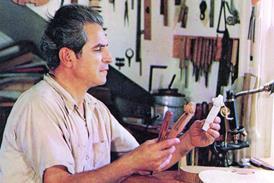
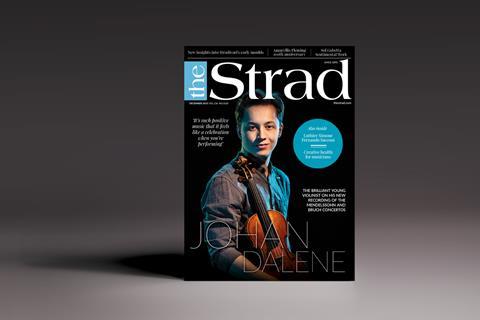
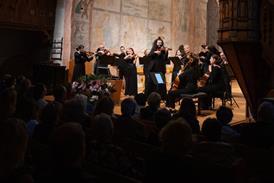

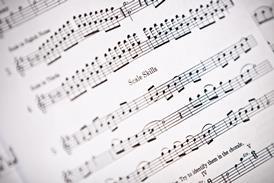
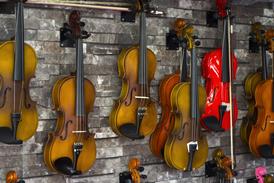

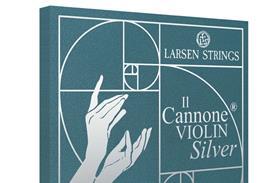
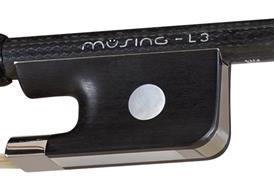
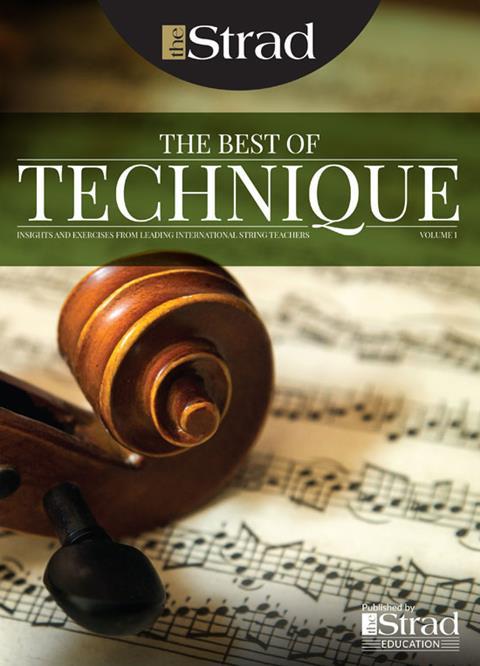
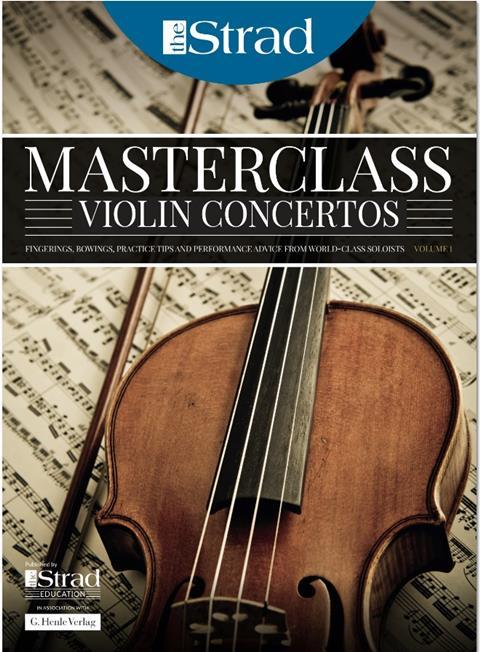
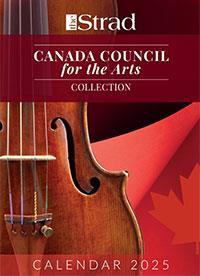
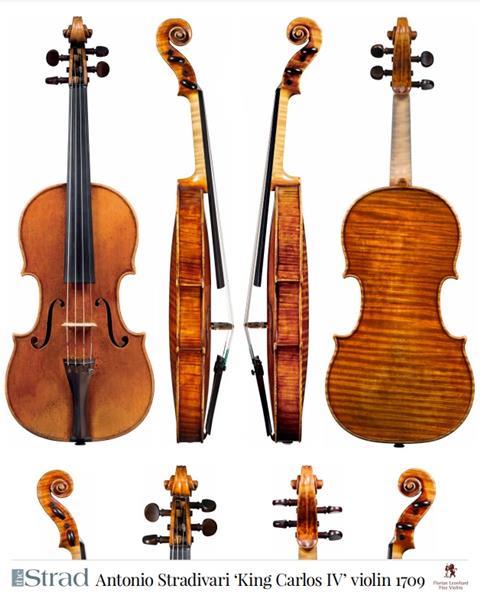
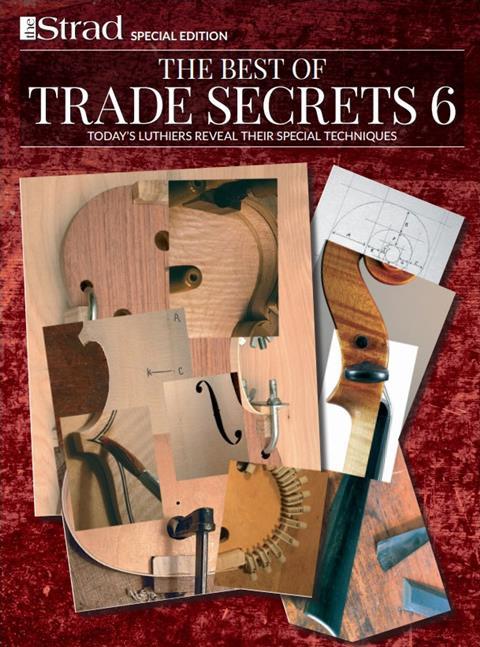
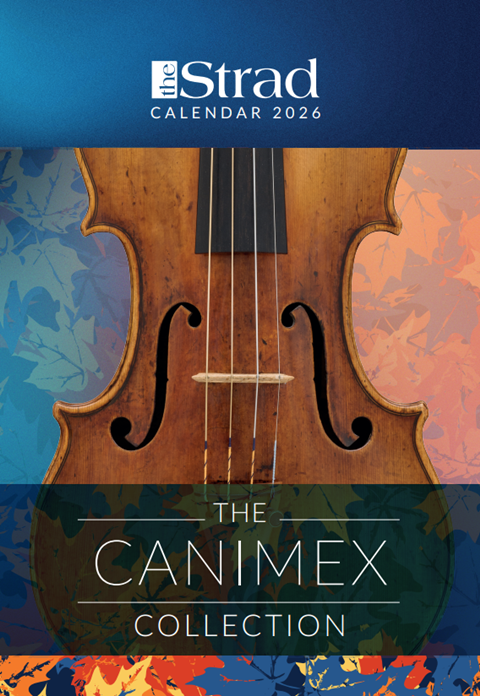
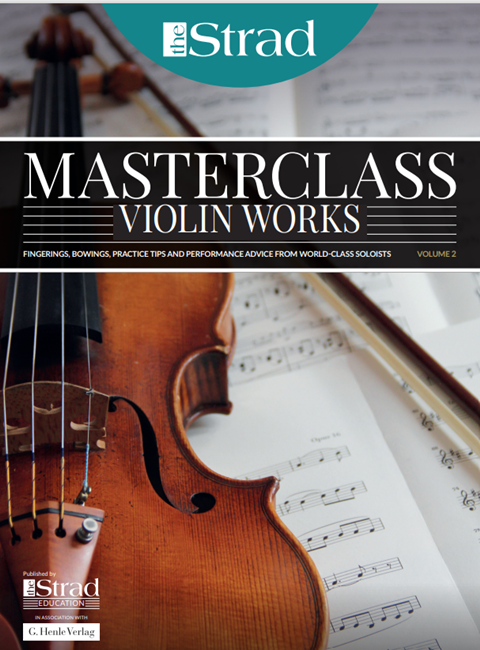
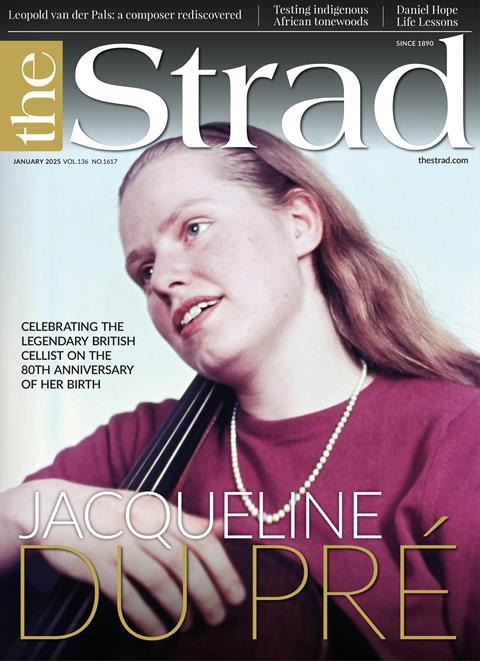
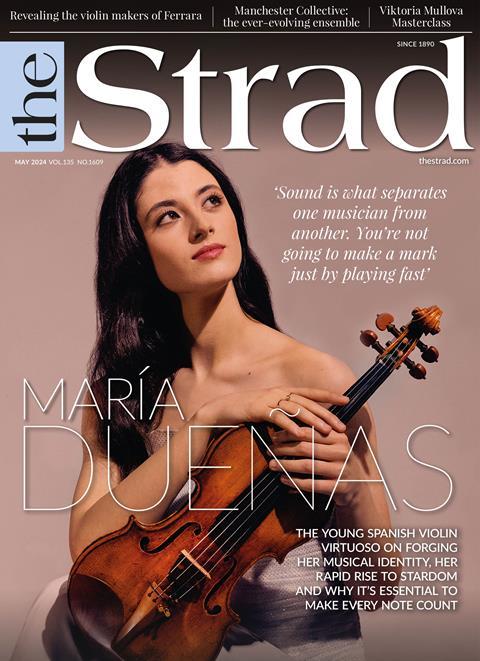
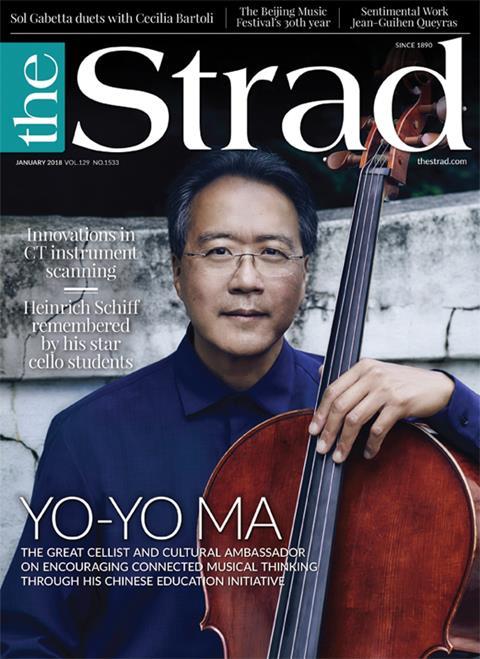












No comments yet